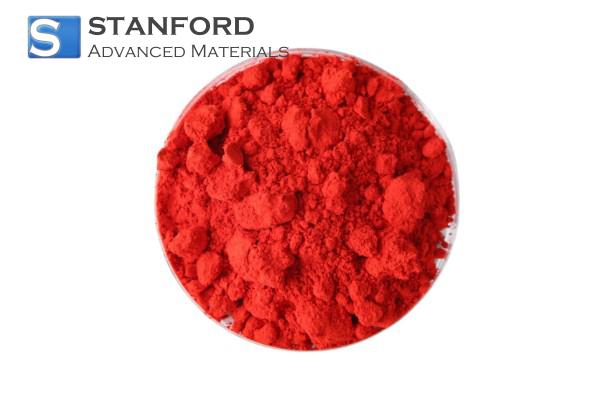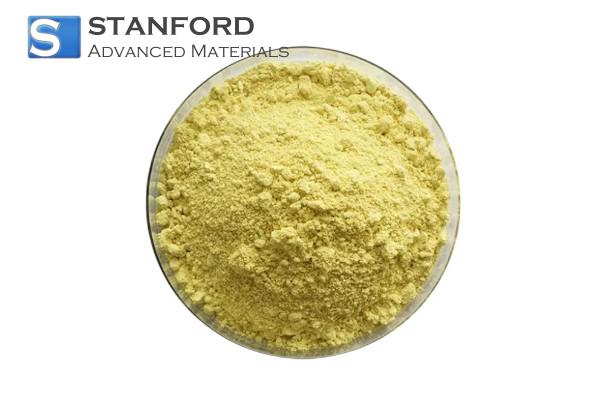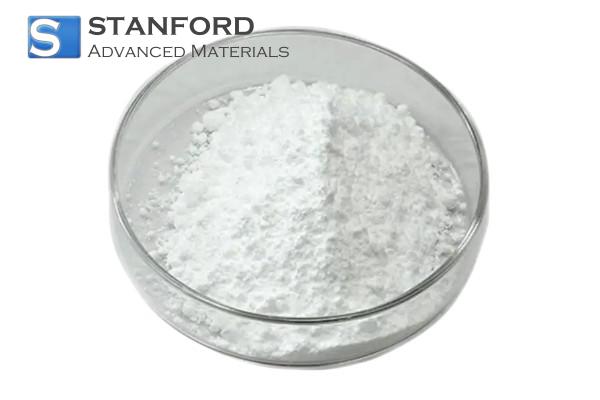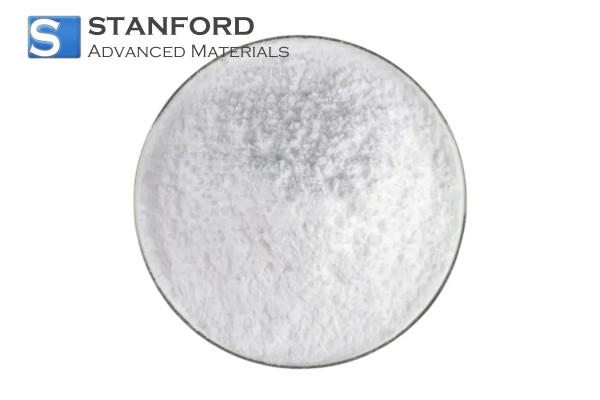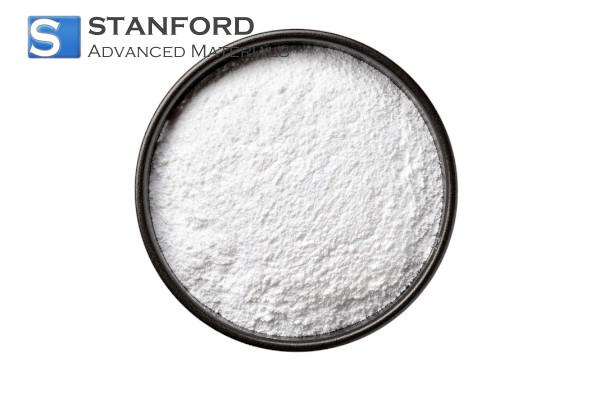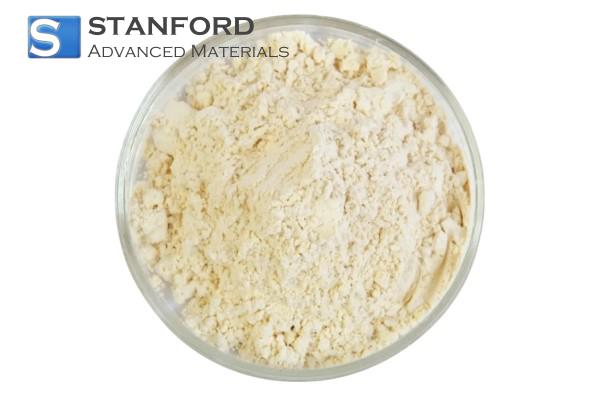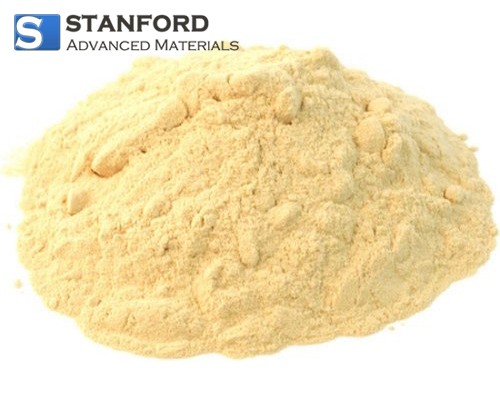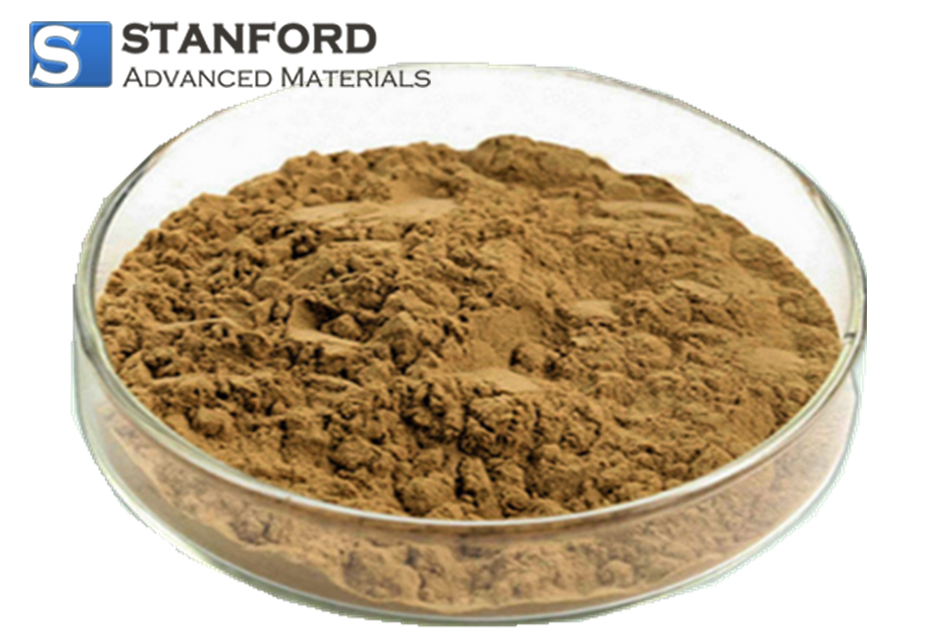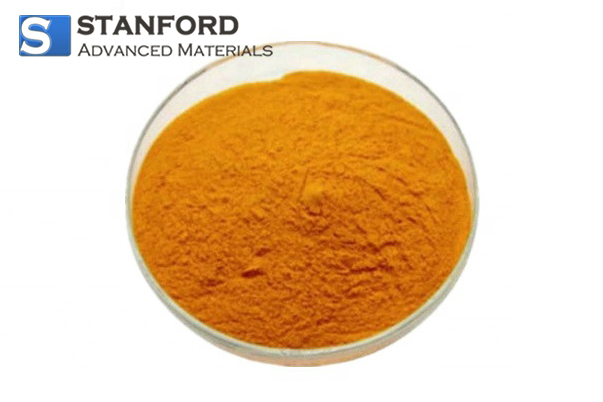Beta-carotene (10%) Description
Beta-carotene (10%) (CAS: 7235-40-7) is a strong antioxidant and also a scavenger of singlet oxygen. It is also a provitamin A as it can be converted into retinol. In commercial cherry tomato varieties, β-carotene content reached 1.2 mg per 100 g FW. The bioaccessibility of β-carotene from raw tomatoes was reported to be about 0.1%.
Beta carotene is a yellow-orange plant pigment that gives fruits and vegetables their rich colors. Beta carotene is a carotenoid that our bodies convert into vitamin A. Beta carotene is a natural antioxidant that can be used to support healthy skin and vision.
Beta-carotene (10%) Specifications
| Product Name |
Zinc L-carnosine |
| CAS Registry Number |
7235-40-7 |
| Molecular Formula |
C40H56 |
| Molecular Weight |
536.9 g/mol |
| Particle Size |
40mesh |
| Assay |
≥10% |
| Loss on Drying |
≤5% |
| Heavy Metals |
≤0.001% |
| Arsenic |
≤0.0003% |
| Total Bacterial |
≤1000cfu/g |
| Mould & Yeast |
≤100cfu/g |
| Coliform |
<30MPN/100g |
Beta-Carotene Benefits
The antioxidant property of beta-carotene is primarily demonstrated by its ability to eliminate free radicals. Beta-carotene molecules contain multiple double bonds and are easily oxidized in the presence of light, heat, oxygen, and highly reactive free radical ions, thereby protecting the body from damage. In living organisms, excessive lipid peroxidation and free radical reactions can lead to decreased cellular function, aging, and the onset of diseases. The presence of beta-carotene can reduce lipid peroxidation.
Research has shown that high doses of beta-carotene can decrease individuals' sensitivity to the sun, which is especially beneficial for those who develop skin conditions due to excessive sun exposure.
Effects of Beta-Carotene on Human Health
-
Insufficient Intake:
- Night Blindness: Difficulty seeing in low light or darkness.
- Dry Mucous Membranes: Reduced moisture in mucous membranes.
- Dry Eyes: Increased dryness and irritation of the eyes.
- Myopia: Development or worsening of nearsightedness.
- Increased Risk of Diseases: Higher chances of developing cancer, cataracts, cardiovascular diseases, reproductive and urinary system disorders, and respiratory infections.
- Premature Aging Symptoms: Early signs of aging, such as wrinkles and loss of skin elasticity.
- Insomnia: Difficulty in falling or staying asleep.
- Fatigue: Generalized weakness and lack of energy.
- Dermatitis and Skin Keratinization: Inflammation of the skin and excessive formation of keratin, leading to rough and scaly skin.
-
Excessive Intake:
- Skin Yellowing: High levels of beta-carotene can cause the skin to develop a yellow or orange tint, a condition known as carotenemia.
Beta-carotene (10%) Applications
Studies demonstrated the photoprotective effects of β-carotene on photooxidative damage and sunburn in humans. A significant reduction in erythema formation was also noticed when β-carotene was applied on human skin or with a dietary intervention alone or in combination with α-tocopherol for 12 weeks. Low concentrations of serum β-carotene have also been associated with an increased risk of congestive heart failure and cardiac death in men.[1]
Beta-carotene is reported to be a potent antioxidant and to protect the liver against the toxic effects of various drugs and xenobiotics.
3 Studies with rats have shown that supplementation of beta carotene in diet prevented the ethanol-induced increase in the serum aminotransferases and inhibited the depletion of the antioxidant molecule GSH in the liver.
4 Additionally, in vitro studies with the hepatocytes isolated from ethanol-fed rats have also shown that beta-carotene improved cell viability and increased catalase activities and levels of glutathione.
5 Mechanistic studies performed with the hepatocytes isolated from the ethanol-fed rats have also shown that beta carotene ameliorated oxidative stress, enhanced antioxidants, and decreased the expression of CYP2E1 and apoptosis.[2]
Reference
[1] P.Padmanabhan, A.Cheema, G.Paliyath: Solanaceous Fruits Including Tomato, Eggplant, and Peppers. https://doi.org/10.1016/B978-0-12-384947-2.00696-6
[2] Manjeshwar ShrinathBaliga, Arnadi RamachandrayyaShivashankara, SunithaVenkatesh, Harshith P.Bhat, Princy LouisPalatty, GaneshBhandari, SureshRao: Dietary Interventions in Liver Disease Foods, Nutrients, and Dietary Supplements 2019, Pages 79-89; Chapter 7 – Phytochemicals in the Prevention of Ethanol-Induced Hepatotoxicity: A Revisit. https://doi.org/10.1016/B978-0-12-814466-4.00007-0
[3] P.Padmanabhan, A.Cheema, G.Paliyath: Solanaceous Fruits Including Tomato, Eggplant, and Peppers. https://doi.org/10.1016/B978-0-12-384947-2.00696-6
[4] Manjeshwar ShrinathBaliga, Arnadi RamachandrayyaShivashankara, SunithaVenkatesh, Harshith P.Bhat, Princy LouisPalatty, GaneshBhandari, SureshRao: Dietary Interventions in Liver Disease Foods, Nutrients, and Dietary Supplements 2019, Pages 79-89; Chapter 7 – Phytochemicals in the Prevention of Ethanol-Induced Hepatotoxicity: A Revisit. https://doi.org/10.1016/B978-0-12-814466-4.00007-0


 English
English Española
Española Deutsch
Deutsch Français
Français Italiano
Italiano